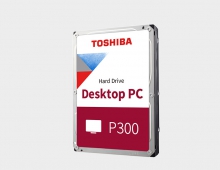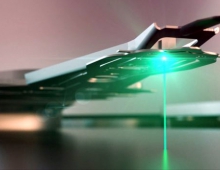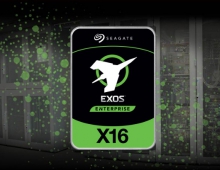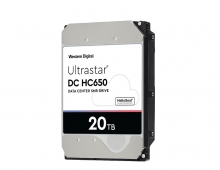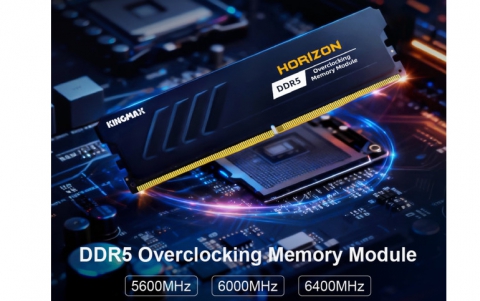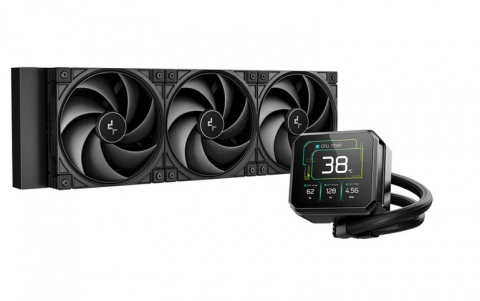
Tandberg promises safer storage with fewer disks
Tandberg ASA's InoStor subsidiary has invented a new RAID system, which it claims uses fewer disks than RAID 5+1 but is just as effective at protecting data.
The new RAIDn system is actually a library of software algorithms that provide protection against multiple drive failure by using a parity system (a data check on each chunk of information). InoStor has embedded the technology into a line of Linux-based network-attached storage (NAS) appliances, and is now looking for licensees to use the RAIDn technology.
"By configuring an extra drive RAIDn provides greater protection than RAID 5," said David Licosati, InoStor's vice president of business development. "Without mirroring, administrators can add three inexpensive disk drives using RAIDn and obtain the same reliability as RAID 5+1, today's best high-availability -- and most expensive -- storage scheme."
How is this claim justified? In RAID 4, data disks have parity data about their contents stored on an additional disk so that if a data disk fails its contents can be reconstructed from the parity data. The parity disk is a bottleneck. In RAID 5, the parity data is spread across all the data disks to get rid of the bottleneck.
If we have four data disks originally then in RAID 4 we would have five disks in total. With RAID 5, we would also have five disks in total for the same amount of data.
In RAID 1, the data disks are mirrored -- but this requires twice the number of disks. Mirroring is more effective and provides faster read access than RAID 4 or 5. Plus, if two or more drives crash RAID reconstruction can fail. Mirroring solves that. You can add mirroring to RAID 5 -- called RAID 5+1. With four disk's worth of data and one disk's worth of parity, that means five disks for mirroring and so ten disks in total.
RAIDn technology can supply that same protection by with only seven disks, InoStor claims. So it is more cost-effective than RAID 5+1 but more expensive than cheaper RAID systems offering less protection -- such as RAID 4 or RAID 5.
This is in theory of course because you can't actually buy RAIDn technology from anybody but InoStor and you can't buy it on its own. InoStor sells it embedded in its own NAS boxes. The 720GB ValuNAS 9100 is priced around US$5,700 and InoStor claims it outperforms Dell's 725N NAS box which is priced at US$3,000 for 480GB. Clearly Tandberg isn't selling RAIDn cheaply. RAIDn has the added property that it can be configured at multiple RAID levels -- you don't have to set it at the RAID 5+1 equivalent.
Licosati envisages RAIDn "becoming an industry standard". This is perhaps a touch optimistic as the technology has been known about for well over a year -- Tandberg's own downloadable white paper is dated May 2003. Potential OEMs don't seem to be falling over themselves to sign up.
From ComputerWorld

